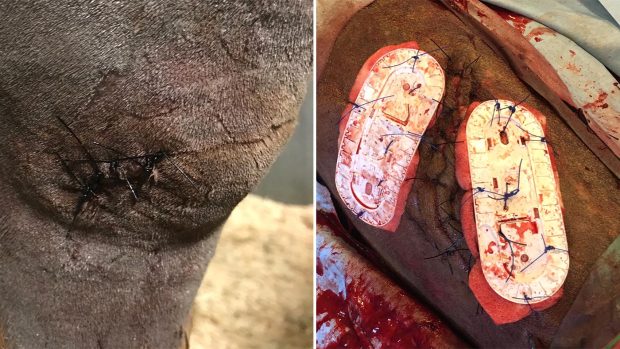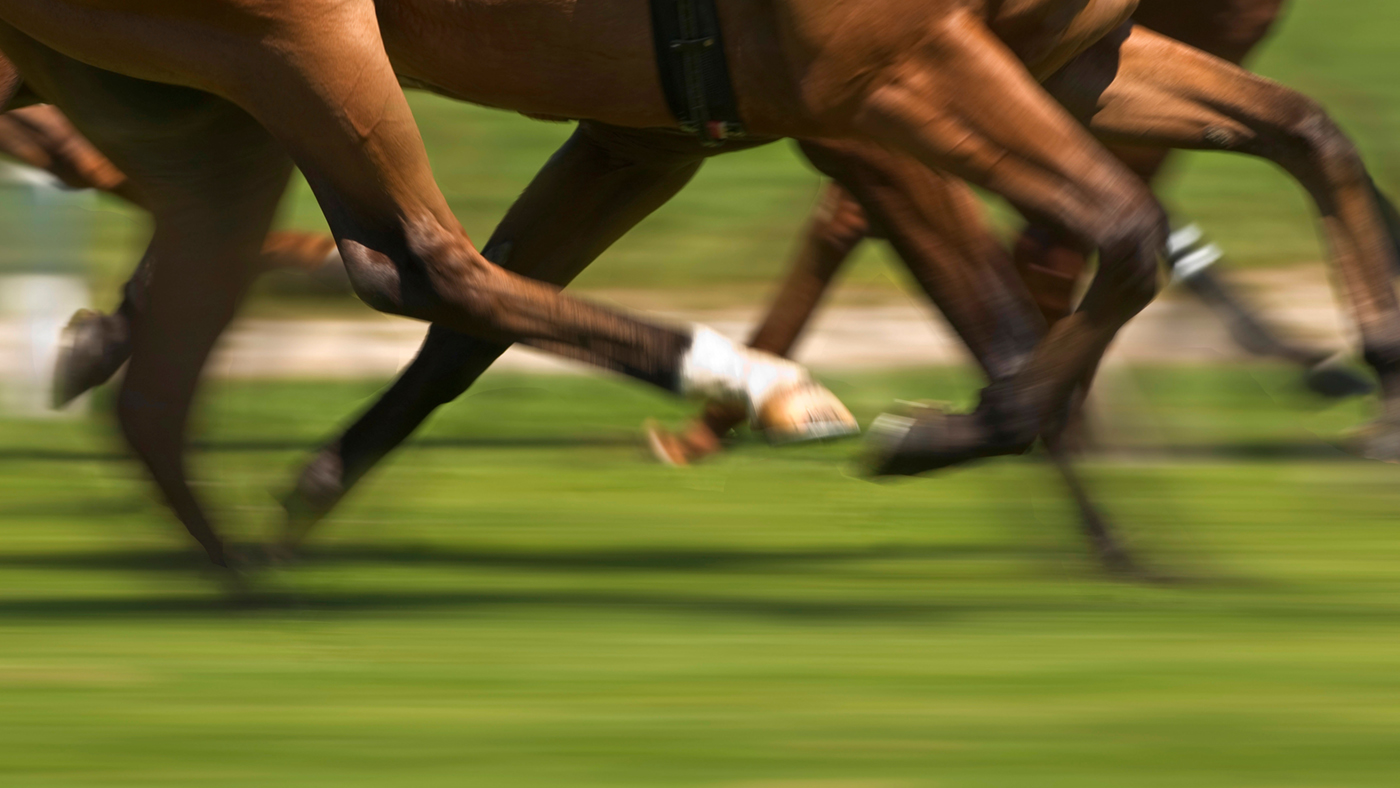Expert advice on stemming bleeding after injury or accident
Horses tend to produce injuries, which bleed profusely. Wounds heal from side to side, not end to end, so even if you’re faced with a big hole, it can heal well.
Before any wound can be treated, the bleeding must be stopped, although a little bleeding may help as it will flush out dirt and debris.
Keep your horse calm. If he is unsettled, the heart will pump faster and his blood will run faster.
Taking action
If an artery is severed, bright red blood will be spurting from the wound. If so, or for any wound bleeding profusely, try to stop the flow with a pressure pad made from a thick cloth pad or gamgee, with a clean non-stick dressing underneath, pressed against the wound as tightly as possible. Failing that, use a towel or T-shirt or handkerchief.
Most such wounds are on the lower limb, so usually a thick pressure bandage over the area will control bleeding. If the blood soaks through, put more padding over the top and apply even more pressure.
Keep the pressure pad in place for at least five minutes. Do not be tempted to take it off as that may well restart the bleeding.
If the bleeding continues, a bandage wrapped in several fairly tight turns over a bandage pad will reduce bleeding and should be safe for up to two hours while you wait for help.
Your vet may choose to apply a tournique instead.
Always contact your vet if:
- A wound is bleeding profusely.
- The horse that is wounded has NOT had an anti-tetanus vaccination, or he is overduefor one.
Read more about wounds:




